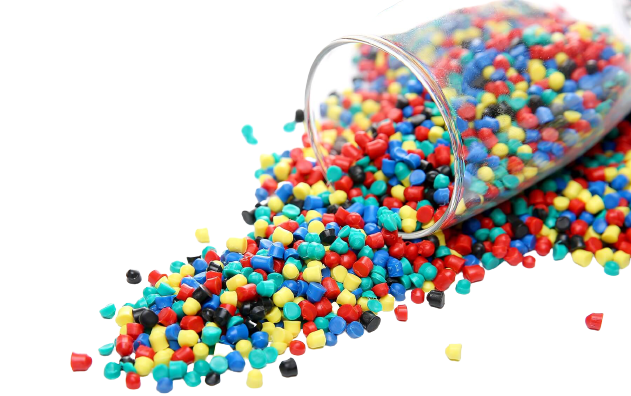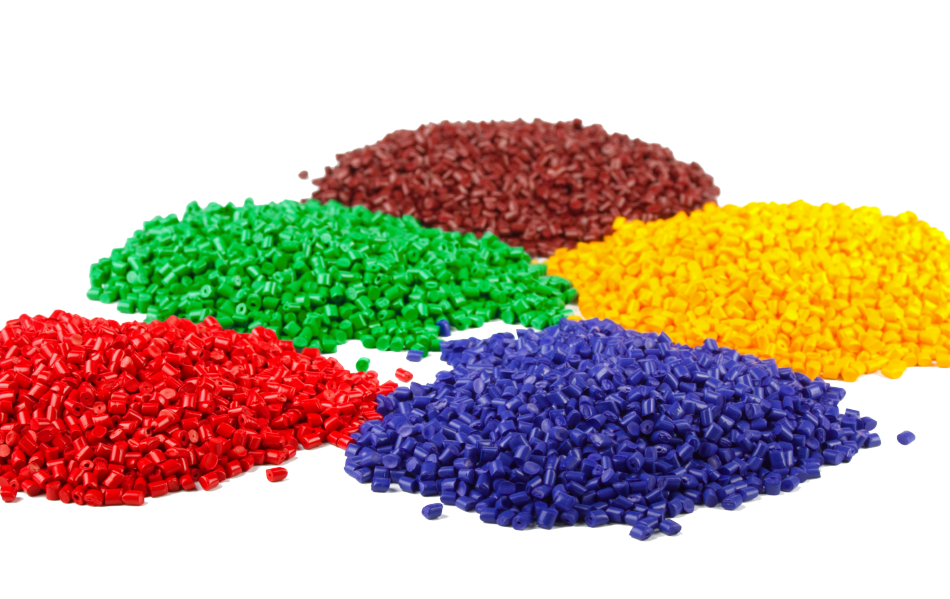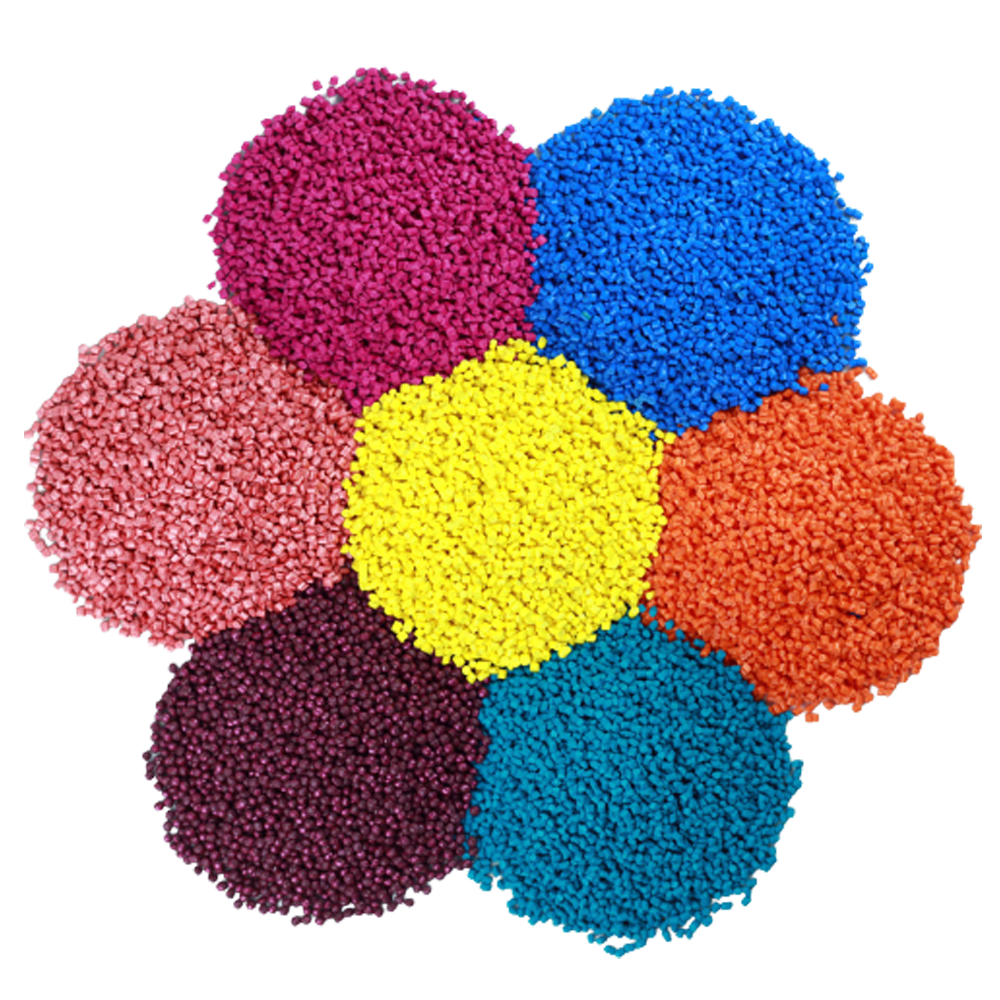
YOUR SUPPLIER OF
POLIMERI
CONTACT US NOW TO GET THE BEST QUOTE!
PET - POLYETHYLENE
Polyethylene is a thermoplastic resin, it appears as a transparent solid (amorphous form) or white (crystalline form) with excellent insulating properties and chemical stability, it is a very versatile material and one of the cheapest plastic materials; the most common uses are as insulation for electric cables, agricultural film, plastic bags and envelopes, containers of various types, pipes, inner layer of aseptic containers for food liquids and many others.
POLYPROPYLENE
Polypropylene (or polypropene, abbreviated to PP) is a thermoplastic polymer that can show different tacticity. The most interesting product from a commercial point of view is the isotactic one: it is a semi-crystalline polymer characterized by a high breaking load, low density, good thermal and abrasion resistance.
PVC - POLYVINYL CHLORIDE
Pure, it is a rigid material; it owes its application versatility to the possibility of being mixed even in high proportions with inorganic compounds and plasticizing products, such as for example phthalic acid esters, which make it flexible and mouldable. It is considered stable and safe in technological applications at room temperature, but extremely dangerous if burned or heated at high temperatures and in systems unsuitable for its treatment, due to the presence of chlorine in the molecule, which can be released as hydrochloric acid
POLYSTYRENE
It is a thermoplastic aromatic polymer with a linear structure. At room temperature it is a glassy solid; above its glass transition temperature, about 100°C, it acquires plasticity and is able to flow; begins to decompose at a temperature of 270 °C.
Expanded polystyrene comes in the form of a light white foam, often molded into spheres or chips, and is used for packaging and insulation.
ALL IN GRANULES
HDPE - HIGH DENSITY
LDPE - LOW DENSITY
LL DPE - LINEAR LOW DENSITY

PS: POLYSTYRENE/POLYSTYRENE
EPS: SYNTHETIC EXPANDED POLYSTYRENE
PP: POLYPROPYLENE
ON: POLYETHYLENE
PVC: POLYVINYL CHLORIDE
PO: POLYOXYMETHYLENE
PET: POLYETHYLENE TEREPHTHALATE

Quality
New materials with optimized properties are invented every day. These are generated by the continuous mixing, by contemporary industry, of polymers and composites to replace other "old generation" materials. Their massive use requires ever greater knowledge of their characteristics: for these reasons, reliable quality control is essential to verify the correct composition of the plastic product in order to identify the possible presence of toxic elements and ensure safety for health.



